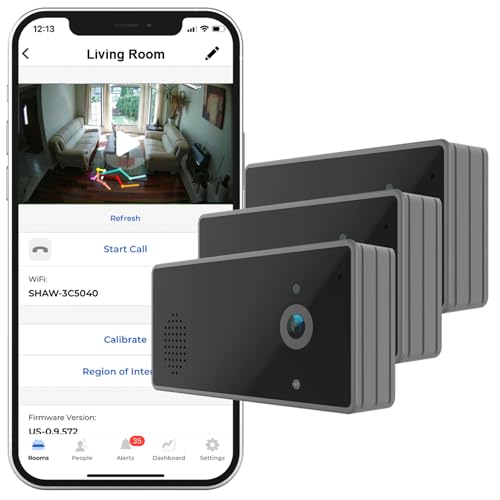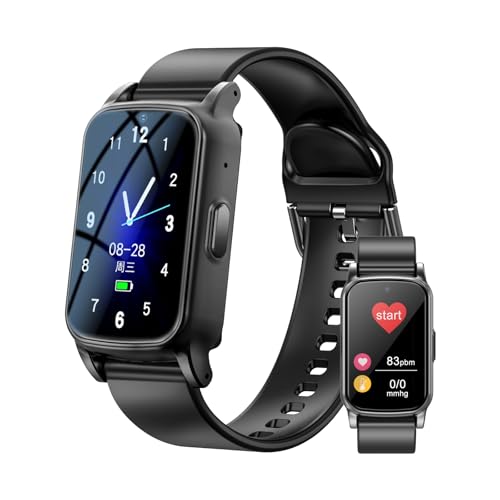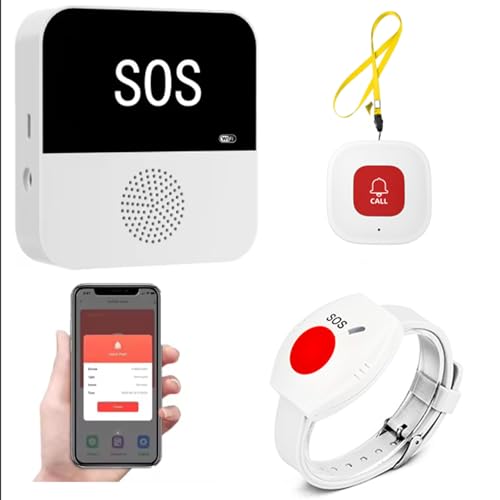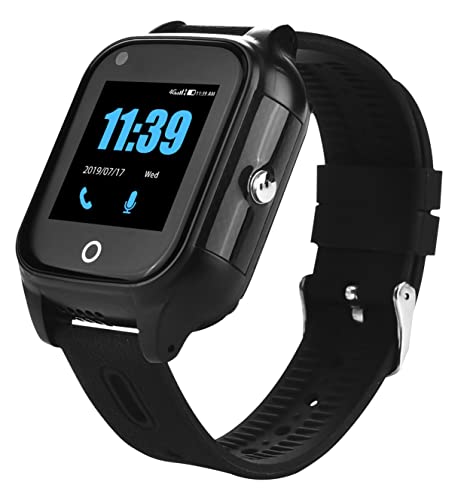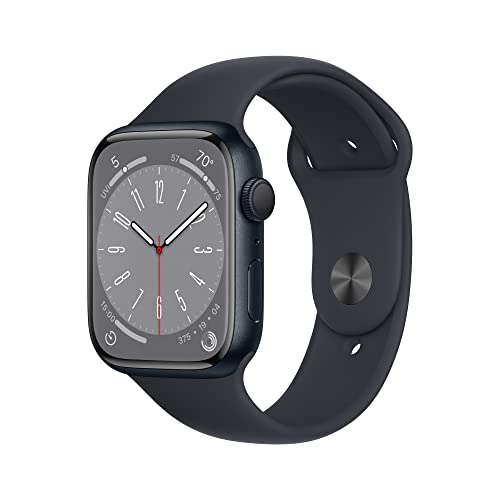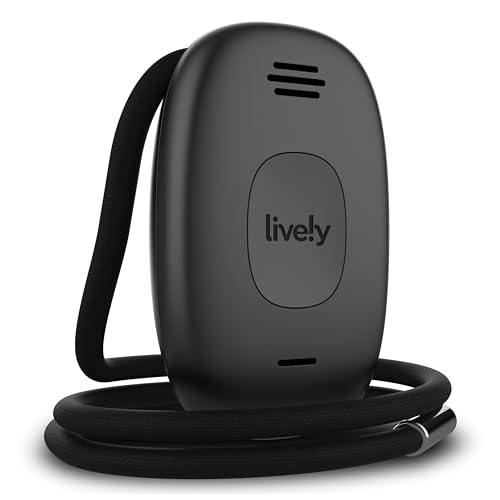Unlocking Peace of Mind: Ensuring Elderly Safety
Did you know that one out of four older adults falls each year, making falls a leading cause of injury? This guide unveils essential steps for implementing fall detection systems to safeguard the elderly, ensuring their safety and comfort at home. Discover how simple measures lead to significant protection against falls.
What You Need to Get Started
Step 1: Understanding Fall Risks
Do You Know the Hidden Dangers?Identify common fall hazards in your home that could jeopardize your loved ones’ safety. Begin by examining various areas where falls are likely to occur.
Consider individual risk factors, including medication side effects, vision changes, or mobility issues. For instance, if your loved one has a history of dizziness, address their specific challenges when assessing risks.
By recognizing these environmental and personal factors, you can tailor safety measures effectively and create a safer living environment.
Step 2: Choosing the Right Fall Detection Device
Is Technology the Answer to Their Safety?Explore various fall detection devices that cater to different needs and preferences. Options range from wearable gadgets like pendants and wristbands to home monitoring systems installed throughout the house.
Consider key features, such as battery life, water resistance, and ease of wearing. Read reviews and ask for recommendations from others who have experience with these devices. For instance, a family friend might recommend a specific pendant known for its reliability and ease of use.
Evaluate your budget, as prices can vary widely. Prioritize devices that offer essential features without exceeding your financial comfort zone. By understanding these options, you can make a well-informed choice that best suits your elderly family member’s needs.
Step 3: Setting Up and Testing the Fall Detection System
Have You Set the Stage for Safety?Install your chosen fall detection system following the manufacturer’s instructions. For wearable devices, help your loved one comfortably secure the device, ensuring it is easily accessible for everyday use. If you opted for a home monitoring system, position sensors in high-risk areas such as the bathroom and kitchen.
Conduct thorough trial runs to ensure the system functions correctly. Encourage your loved one to simulate a fall (safely) so you can verify that alerts are triggered. For instance, have them wear the device while doing everyday activities, confirming that the fall detection mechanism activates appropriately.
Review the alert process by testing how notifications are sent to caregivers or emergency contacts. Make sure everyone involved understands how to respond. Practicing these scenarios can foster confidence and preparedness, ensuring immediate assistance is available when needed.
Step 4: Creating an Emergency Response Plan
What Happens When a Fall Occurs?Develop a comprehensive emergency response plan no later than now to ensure swift and effective action during a fall incident.
- Identify key contacts: List everyone who should be notified in case of an emergency, such as family members, neighbors, or professional caregivers. Ensure your elderly loved one knows who to call and can do so independently.
- Establish clear protocols: Create step-by-step instructions outlining what to do after a fall. For example, if they feel unable to get up, they should remain calm and use their fall detection device to alert you or emergency services.
- Practice the plan regularly: Organize drills with your loved one to reinforce the procedures. This practice can ease anxiety during actual emergencies and ensure everyone knows their roles and responsibilities.
By having a structured emergency response plan in place, you enhance overall safety and peace of mind for your elderly loved one.
Safety Starts with You: Take Action Now!
By following these steps, you can ensure that your elderly loved ones are safer within their homes. Take action today to implement fall detection measures that enhance their independence and your peace of mind. Try it out and share your results—your proactive efforts can make a significant difference!

